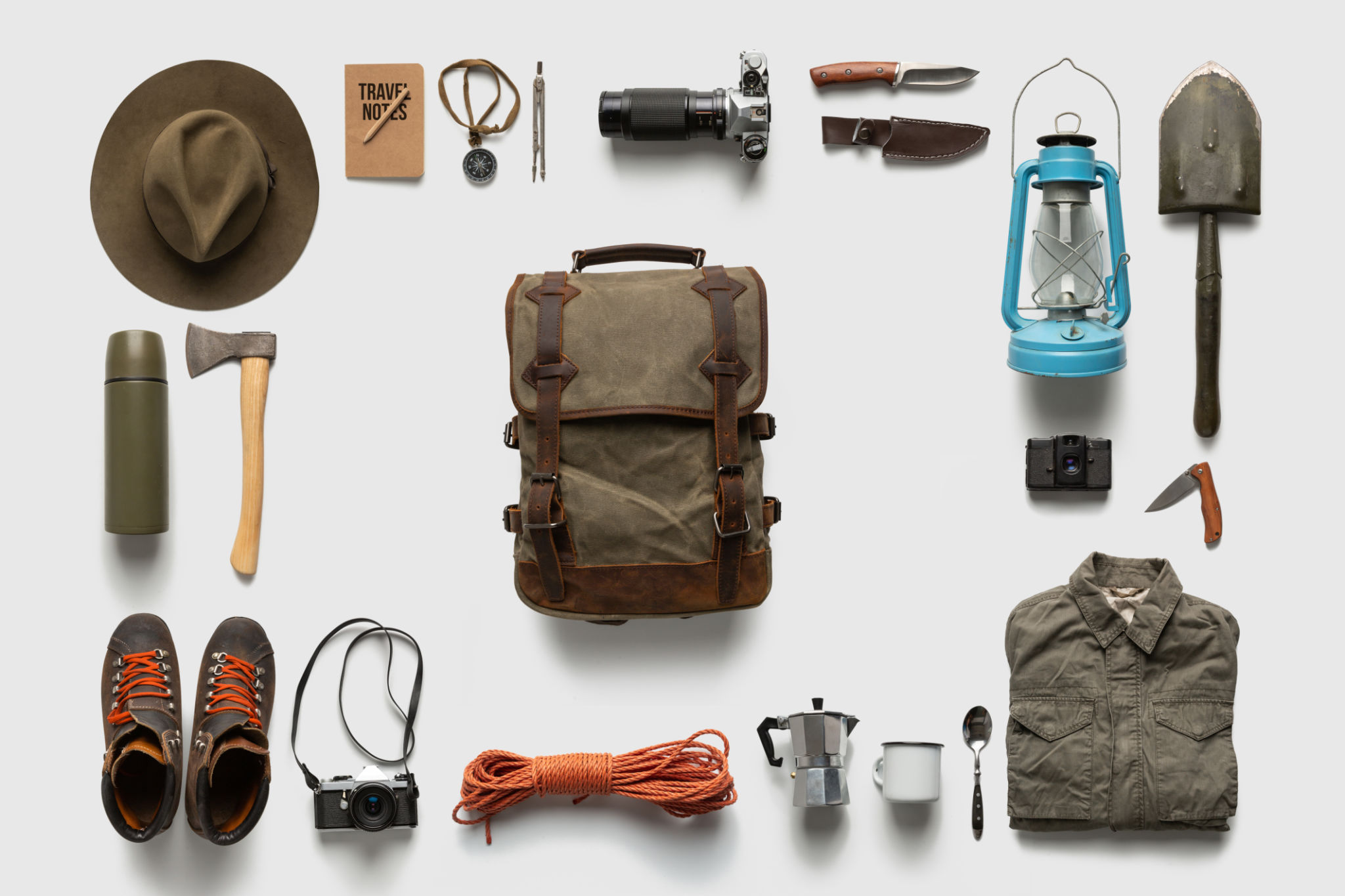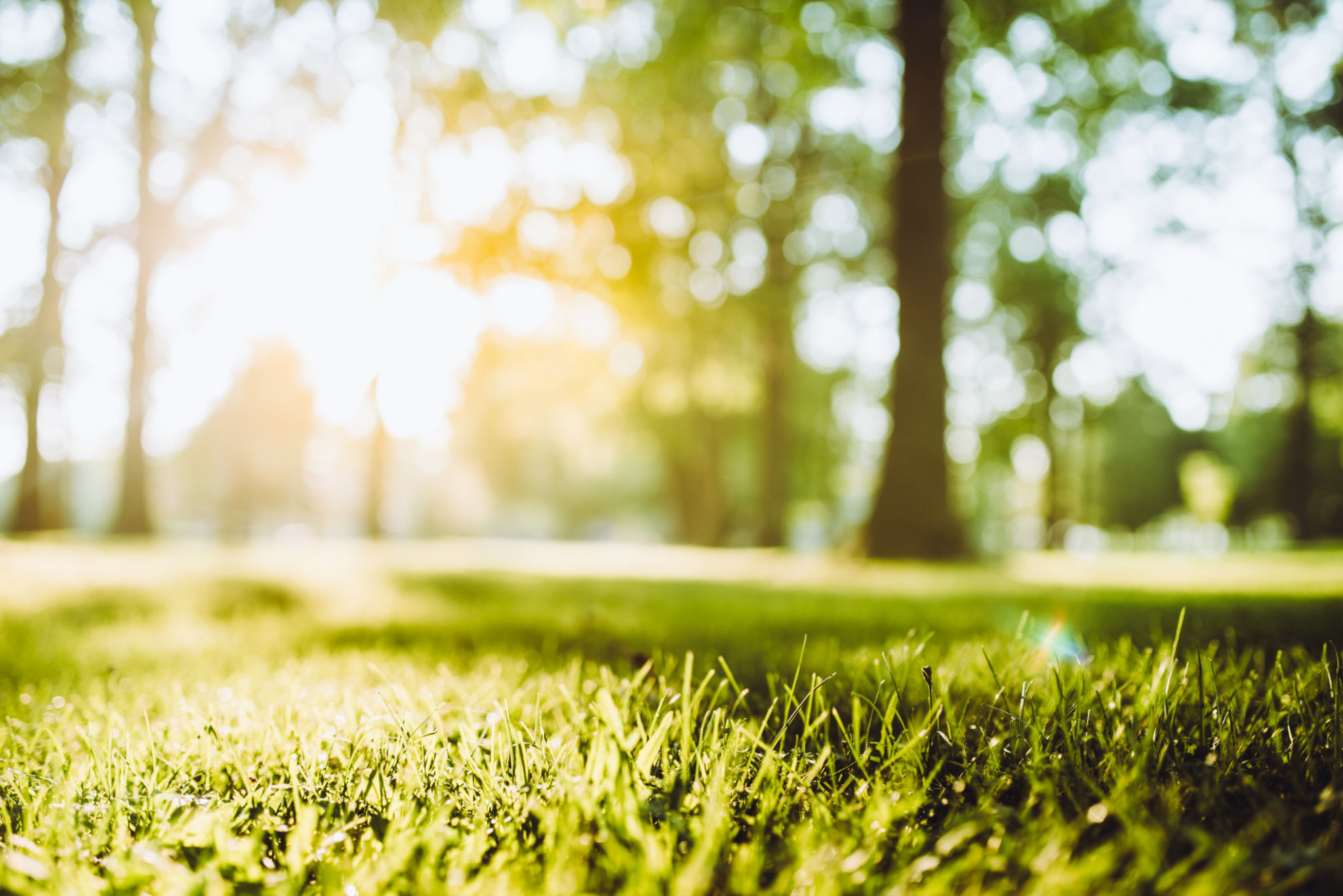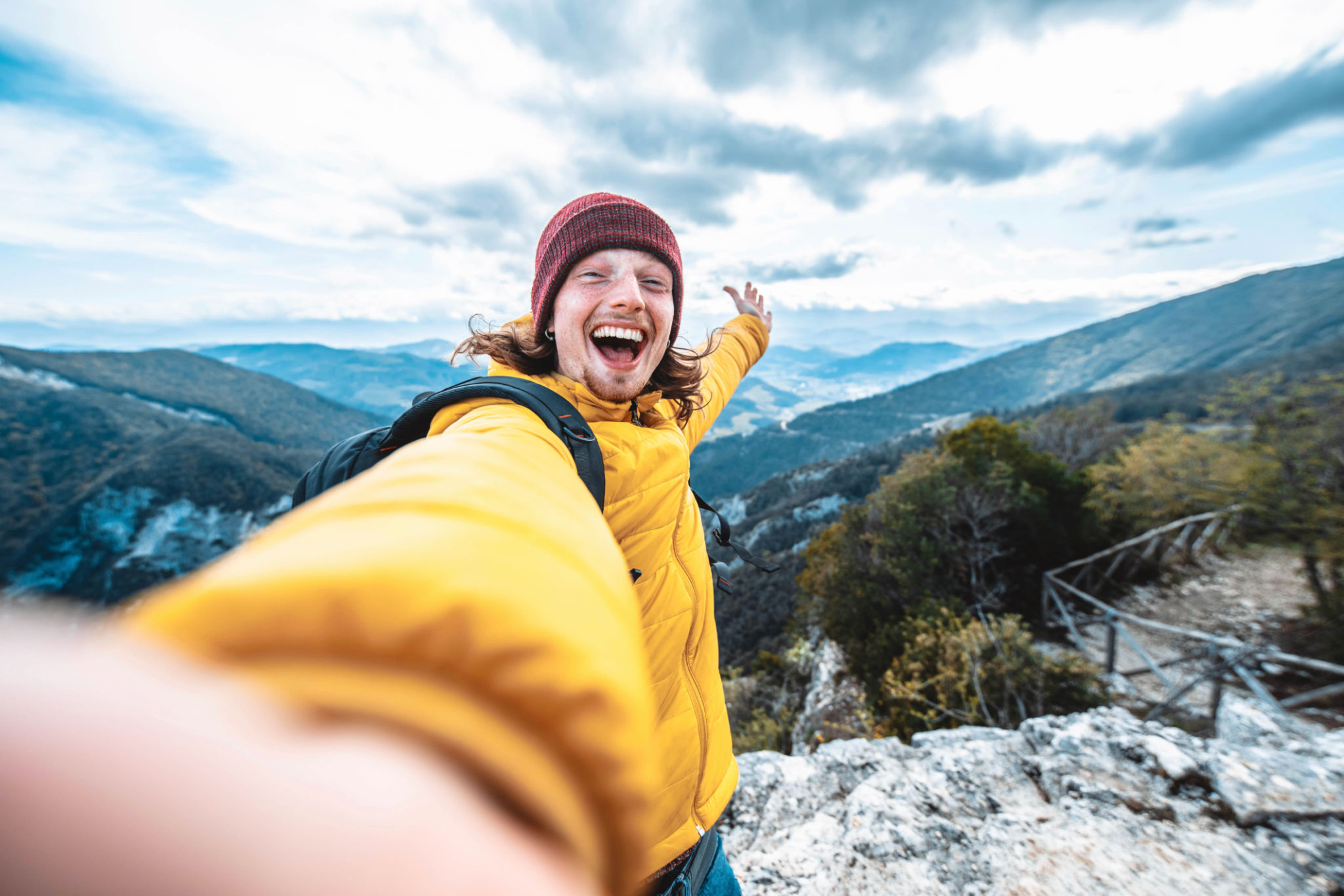A Guide to Creative Photography Techniques for Beginners
Understanding Your Camera
Before diving into creative photography techniques, it's essential to get comfortable with your camera. Whether you're using a DSLR, mirrorless, or even a smartphone, understanding its features is crucial. Spend some time reading the manual and experimenting with different settings. Familiarize yourself with terms like ISO, aperture, and shutter speed, as these will be key in achieving creative effects.
Learning to switch from automatic to manual mode can open up a world of possibilities. Manual mode gives you full control over the camera's settings, allowing for more creative freedom. Experiment with different settings to see how they affect your photos. Practicing in different lighting conditions can also help you understand how to capture the best images.

Playing with Light
Light is one of the most powerful tools in a photographer's arsenal. Experimenting with different lighting techniques can dramatically change the mood and impact of your photos. Try shooting during the "golden hour," which is the hour after sunrise and before sunset, for a warm, soft light that adds depth to your images.
Consider using artificial lighting to create interesting effects. A simple desk lamp or flashlight can be used to add dramatic shadows or highlights. You can also use reflectors to bounce light back onto your subject, filling in shadows and creating a more balanced image.

Exploring Composition
Composition is about arranging elements within your frame to create a visually appealing image. One basic rule to start with is the "rule of thirds." Imagine dividing your frame into nine equal parts using two horizontal and two vertical lines. Positioning the main elements of your photo along these lines or their intersections can create a more balanced and engaging composition.
Don't be afraid to break the rules once you understand them. Creative photography often involves pushing boundaries and trying new things. Experiment with unusual angles or perspectives to add interest to your photos. Remember, sometimes the most compelling images are those that defy traditional composition rules.

Using Depth of Field
Depth of field refers to the range of distance within a photo that appears acceptably sharp. A shallow depth of field can be used to isolate your subject from the background, drawing the viewer's attention to it. This effect is achieved by using a wide aperture (a low f-number).
Conversely, a deep depth of field keeps more of the scene in focus and is ideal for landscape photography. Achieving this requires a smaller aperture (a high f-number). Experimenting with depth of field can add a creative element to your photography by directing the viewer's attention where you want it.

Incorporating Motion
Capturing motion in photography can convey energy and emotion. One way to do this is by using a slow shutter speed to create motion blur, which can make moving subjects appear smooth and dynamic. This technique is particularly effective for capturing water or busy city streets.
Alternatively, freezing motion with a fast shutter speed can capture crisp, clear images of action-packed moments. Practice with different shutter speeds to see how they affect your images and experiment with panning, where you follow a moving subject with your camera, keeping it in focus while blurring the background.

Editing Your Photos
Post-processing is an integral part of creative photography. Editing software like Adobe Lightroom or Photoshop allows you to enhance your images and bring your creative vision to life. Simple adjustments in exposure, contrast, and color balance can make a significant difference.
Use editing tools to experiment with different styles and effects. You might try converting images to black and white for a timeless look or adding filters for creative flair. The key is to enhance your photos without overprocessing them, maintaining a natural yet impactful look.
